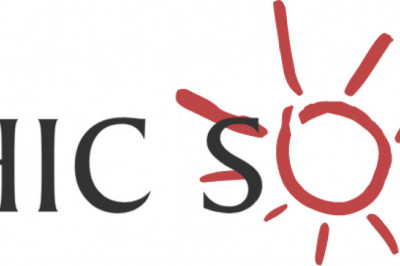views

Aircraft Tires Industry Procurement Outlook
Aircraft tires differ significantly from automotive tires due to their operating profile. Car tires are load-bearing for a considerably longer time than an aircraft. However, aircraft tires spend comparatively less time operating but must absorb very large impact loads and handle high speeds with large accelerations when in contact with the runway. Aircraft tires are designed to flex far more than automotive tires which assists in damping the large impact loads. Aircraft tires are majorly classified according to their dimensions, strength (ply-rating), and configuration (tubed or tubeless).
Aircraft Tires Industry Demand Outlook
The global aircraft tires market was valued at USD 1.6 billion in 2020 and it is expected to grow at a CAGR of 4-5% from 2020 to 2027. Increasing domestic and international economy travel demand is driving the need for aircraft tires. Frequent wear and tear of aircraft tires during takeoff and landing due to either weather conditions or excessive operating conditions, such as high energy braking, high-speed taxiing, high-speed cornering, etc. creates the need for frequent tire replacement or retreading, which drives the growth of the aircraft tires market. Tube tire is the largest product segment in the global aircraft tire industry with more than one-third revenue share. However, the radial tire segment is expected to have the highest growth rate during the forecast period as these tires increase the average number of aircraft landings and have a lower rolling resistance.
Aircraft Tires Industry Cost Drivers
Natural and synthetic rubber is the key raw materials used for aircraft tire manufacturing. The cost of raw material accounted for more than 50% of the overall manufacturing cost. The cost of tires used in commercial planes can range from USD 1,200 to USD 5,500. However more difficult to find commercial aircraft tires in a distributor’s store. Most airlines have longstanding contracts with tire manufacturers. These contracts allow the manufacturers to subsidize the price of each tire unit. Airlines and aircraft tire manufacturers have a lease agreement, in which the manufacturer owns the tires and the airline company pays for the tire per landing cycle. Under this agreement, the manufacturer also takes care of all the necessary maintenance costs.
Grab your copy, or request for a free sample of the “ Aircraft Tires Industry Procurement Intelligence Report, published by Grand View Research” for In-depth details regarding supplier ranking and selection, sourcing, and pricing criteria & strategies. @ https://www.grandviewresearch.com/pipeline/aircraft-tires-industry-procurement-intelligence-report
Add-on Services provided by Grand View Research Pipeline:
-
Should Cost Analysis
-
Rate Benchmarking
-
Salary Benchmarking
-
Supplier Newsletter
Brief about Pipeline by Grand View Research:
A smart and effective supply chain is essential for growth in any organization. Pipeline division at Grand View Research provides detailed insights on every aspect of supply chain which helps in efficient procurement decisions.
Our services include (not limited to):
-
Market Intelligence involving – market size and forecast, growth factors, and driving trends
-
Price and Cost Intelligence – pricing models adopted for the category, total cost of ownerships
-
Supplier Intelligence – rich insight on supplier landscape, and identifies suppliers who are dominating, emerging, lounging, and specializing
Sourcing / Procurement Intelligence – best practices followed in the industry, identifying standard KPIs and SLAs, peer analysis, negotiation strategies to be utilized with the suppliers, and best suited countries for sourcing to minimize supply chain disruptions












